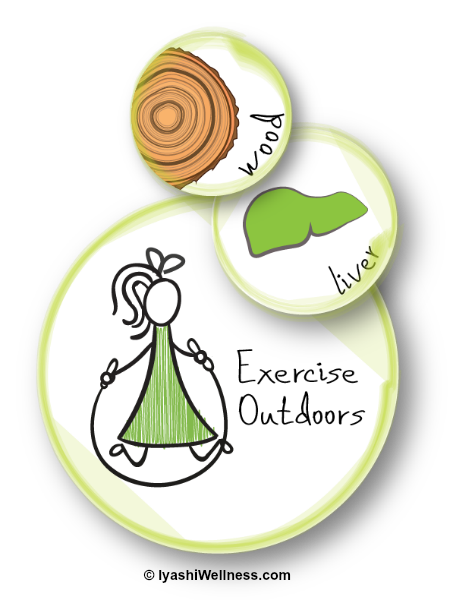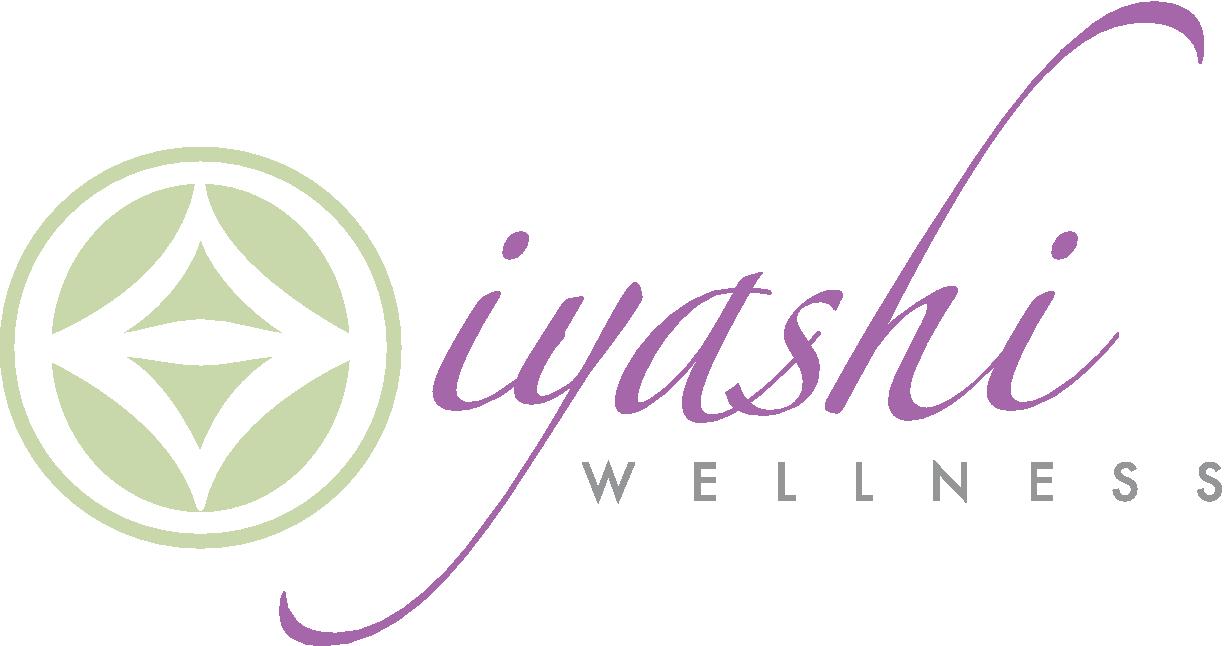
This is Pillar One in our original series. Read the introduction here: 6 Pillars + Magic Stardust: The Secrets to a Wholesome, Happy, Healthy Child. Read about Pillar Two, the Fire Pillar here. Read about Pillar Three, the Earth Pillar here
If you’ve observed babies or children for any length of time, you know they cannot stay still for too long. They are hardwired to move — some more than others, but move nonetheless. Babies are born into this world with an amazing abundance of Yang energy, the synergistic dual element of Yin and Yang in which Yang is the dynamic, propelling force that guides growth and development. All this Yang energy propels a child to literally grow in leaps and bounds. For example, in the first year of life, we see astonishing change during which babies, on average, grow 10 inches (25 centimeters) in length and triple their birth weights. There are many other growth spurts and milestones, like walking and talking, that happen throughout a child’s life. A significant change after the first couple years of life occurs during puberty. Not only do children grow taller significantly during their teen years, but they also experience major hormonal changes. And did you know children tend to grow the most in spring?
A great analogy to a child’s massive growth potential is a tree, and in particular, a bamboo plant. Bamboos start out as tiny shoots in the spring, and depending on the species, can reach a height of 30 feet in just 3 months! (A nice visual of this shooting growth can be seen here.) Bamboos, when well hydrated, are also extremely flexible and malleable. In Asia, furniture, utensils and household goods are made of bamboo precisely for this functionality. (We also see bamboo furniture and flooring now in the States because of their sustainability, which is a great plus.)
Wood has a beautiful potential — an ability to shoot forth and grow massively in terms of physicality and utility. The Wood Pillar’s traditional qualities, when applied to the Wood characteristics exhibited by a growing child, can put many physical, mental, emotional and spiritual occurrences in perspective for parents.
The Wood Pillar is the pillar that relates to a child’s ability to grow and move, be active, energetic, competitive, curious, confident and to be challenged. It is pure energy in its positive form. It represents Possibilities. In Chinese Medicine, we have 5 primal forces known as the Five Elements — Wood, Fire, Earth, Metal and Water — and every individual, including babies, can be typed into one of these forces. The Wood archetype is the Pioneer, the Entrepreneur, the confident and active child, the true hero [1]. Wood types never rest, they are constantly thinking and moving — and moving forward. Every child has a dominant type, but all five elements are a part of us all, and is responsible for energizing certain attributes throughout nature.
The Wood Pillar has the dual meaning of movement (as in exercise and kinetic movement) and growth. Wood also corresponds to the season of spring in Chinese Medicine — imagine the shooting of buds, plants and grasses. We know how alive all of us get (humans, flora and fauna) after having gone through the dark and cold of winter. Spring gives all of us a spring in our step and that’s why children go through growth spurts during this season.
The value of the Wood Pillar in a child’s life can be seen as the love of exercise and movement beyond the first few years, as well as a love for the great outdoors. Movement and exercise instills body awareness, spatial awareness, encourages kinesthetic learning, and helps with attention. The Wood Pillar guides us to understand the importance of challenging children both physically and mentally, to help them build physical and emotional resilience to overcome obstacles. Just like a bamboo shoot must face the challenge of shooting forth from the depths of the soil onto the surface and become the tall, majestic, sinewy, graceful bamboo plant. If we are a species based on survival of the fittest, then helping our children to develop Resilience might perhaps be the best gift we can give our children.
Being outdoors, especially in nature, also enhances the spirit of adventure and courage in a child — expansive qualities that imprint long-term awe of the natural world. Much of modern day living is all about tight, controlled spaces — school, home, urban living — which constricts a child. Due to a Culture of Fear that we live in now, many parents have — willingly or unbeknownst to them — become “helicopter” parents, watching every move their child makes, afraid they may fall or make mistakes. Though there are other contributing factors, it is no wonder that we are seeing so many children with attention and behavioral issues. Many children are not given the opportunity to do what comes naturally to them — to move freely, unobstructed and unsupervised. Doing so robs them of learning from physical experience and the spirit of curiosity and creativity. It also robs them of discharging pent up emotions and energy that need expelling to help regulate their ever-charged Yang minds and bodies. I am by no means espousing wild abandonment of our children — of course not! (More on that in the future Metal Pillar article.) However, allowing children time to explore nature also teaches kids perspective (and thus we hope humility) as they realize they are but just one speck in the large universe we all live in.
The CDC recommends 60 minutes (1 hour) or more of physical activity each day for children and adolescents. Along with the suggestions the CDC provides on the different types of physical activities to engage children in, here are some of my own suggestions:
- Core strengthening exercises from Inspired Treehouse – this is a good one for small children and even babies
- Super simple outdoor activities for kids also from Inspired Treehouse
- Dance
- Martial arts
- Capoeira (a Brazilian martial art that combines elements of dance, acrobatics, and music)
- Hiking
- Camping
How do you nurture the Wood Pillar in your child? I encourage you to engage in your own regular physical activities so that you can be a role model for your child, which benefits your family overall. Consider finding a physical activity that you and your children enjoy together, so that it will create another point of connection between you. This will help foster communication, even as they grow into their teenage years. If being out in nature isn’t feasible because you live in an urban environment, consider becoming a member of your local YMCA. It is a great place to foster a mutual love of exercise when you participate in joint activities with your kids. A membership at the “Y” also gives you the freedom to engage in activities of your own interest.
How is nurturing the Wood Pillar beneficial to you as a parent? Encouraging physical exercise provides children the outlet they need to diffuse pent up energy that often comes out in the form of temper tantrums/anger issues, distraction/lack of focus, anxiety, appetite issues (lack of, picky or over eating), constipation, and even sleep issues. The more self-regulation via exercise and being outdoors, the happier your children will be, which can result in a willingness to listen to you (yes, listen to you!), which means happier families.
When encouraging physical activity and nature connections in your child, consider coming from a place of helping your child maintain equilibrium as opposed to the oft-thought notion of “exercise because it’s good for you.” You perhaps cringe each time you have to reason with your child, “Because it’s good for you!” Frankly speaking, you know that’s a lame answer. You didn’t like hearing it as a child, so don’t expect your children to accept it, even when it’s beneficial for their health. You can instead say something like, “Mary, remember how you’ve been having a pretty hard time falling asleep the last couple of nights? Well, instead of sitting at your computer, I bet playing a round of basketball outside will help you fall asleep fast tonight.” Or “David, you’ve been doing really well with your focus and attention lately, and I have a hunch it’s because you started playing soccer.” This mentality provides cause and effect with a usually positive outcome that both adults and children can get on board with.
If you feel guilty for not nurturing the Wood Pillar enough, just put it aside and move forward, just like the Wood energy itself. As the quote says, “Don’t look back, you’re not going that way!” We modern parents, especially moms, carry around way too much guilt. If your child has been in front of the computer or video game too long and you know it, stop them (yes, you can!), and make them go play outside, or better yet, join them for a nice long walk or bike around your neighborhood. You all will come back feeling much more refreshed and reset. If going outdoors is not feasible, pop in a children’s yoga DVD on the computer or invest in a Wii and have them exercise that way. You can even ask them to tidy up parts of the house or help in the kitchen. Yes, they’ll probably groan, but you’re teaching them to get out of their heads, move their bodies, and burn pent-up energy. Plus, you get a (somewhat) cleaner house or help with dinner! If you think about it, this is like being in nature. It teaches children that they are part of a family that needs to work together in life, and enriches them with the life skills they’ll need to become responsible, self-sufficient adults one day. You can never start imparting these skills too early.
Parenting with the help of the Six Pillars has provided me a unique perspective on the joys and challenges of child-rearing. I hope it helps you and your family, too. This month, see if nurturing the aspects of the Wood Pillar creates any changes in your child. Next, we will discuss the Fire Pillar.
[1] To learn more about the Five Elements and the corresponding archetypes, refer to Harriet Beinfield and Efrem Korngold’s “Between Heaven and Earth: A Guide to Chinese Medicine” and Stephen Cowan’s “Fire Child, Water Child: How Understanding the Five Types of ADHD Can Help You Improve Your Child’s Self Esteem.”
